How to create a short targeted yoga practice for energy management
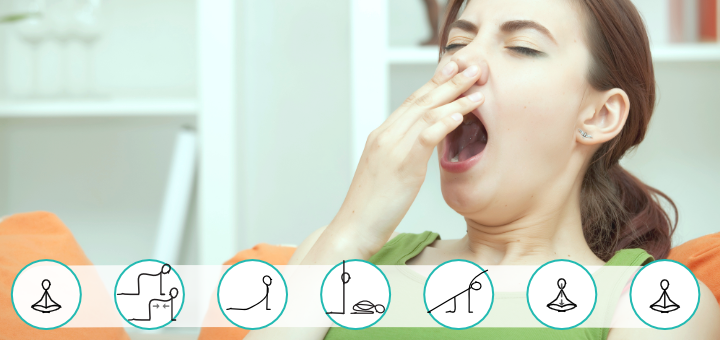
When we design a short yoga practice to manage our energy, breathing needs to be the focus of the practice. Breath is the most direct pathway we have to affect our physiological processes. That is why at the center of any energy-management short yoga practice is a Pranayama technique. However, the Pranayama technique cannot pop out of nowhere in the middle of your practice – you need to plan for it ahead of time and prepare both your breath and your body for the deep work of Pranayama. Here is a simple template for creating a short, targeted yoga practice for energy management. Let’s use it to create a practice to build your energy up in the morning if you wake up groggy and unfocused.
How to create a short, targeted yoga practice for energy management
Step 1: Decide which Pranayama technique you want to base your practice on. (We will be using Krama Inhale (segmented inhalation), which is very effective for building energy.)
Step 2: Reflect on what kind of body and breath preparation is required for this technique. What is the main feature of this technique? (In our case, Krama Inhale emphasizes inhalation. That is why we will prepare for it by focusing on deepening inhalation throughout the practice and increasing awareness of ribcage expansion on inhaling. This will be our breath theme. We will use backbends and/or lateral bends to support the idea of expansion on inhalation and to increase the Brhmana (energizing) effect.)
Step 3: Pick two core poses that will support the main feature of your chosen breathing technique. Keep the poses simple. (We will use kneeling Upward Facing Dog (a backbend) and kneeling Gate (a lateral bend.)
Step 4: Pick two compensation poses for your core poses that can also be used to support the main feature of your breathing technique. (We will use the Kneeling Posture (Vajrasana) and Child’s Pose (Balasana) to compensate for the core poses and also to expand the sides of the ribcage (Vajrasana) and the upper back (Balasana).
Step 5: Pick a preparation pose to gently warm up the body. (We will use Cat-Cow pose and its lateral adaptation.)
Step 6. Decide on where you would like to start and end your practice. Generally speaking, for breath-centered practice, it is best to start and end in a comfortable sitting position (on the floor, bolster, blanket, or chair) to establish a connection to your breath at the beginning and then to observe the effect of the practice at the end. If you choose other starting and /or ending positions, you need to have good reasons for it.
Step 7: Decide where you will add your breathing theme (from Step 2). It usually works best to introduce the theme at the very beginning in a comfortable sitting position, sprinkle it throughout the practice in different poses, and then revisit it again right before you do your Pranayama. However, try NOT to manipulate your breath in every pose, especially if you are doing something more difficult – your breath will need time to recover. (We will sprinkle our breath theme throughout the practice, alternating the deepening of inhalation with awareness of ribcage expansion. Since rib cage expansion is more of an awareness exercise, it will not be taxing for the breath.)
Your short target practice will look like this:
And that’s it! There is no need to get too intricate – every element you choose needs to support the dominant theme, which is your Pranayama technique. If you are short on time, you can do one core pose and one compensation pose instead of two. Just be sure that breath awareness needs to be present in everything you do.
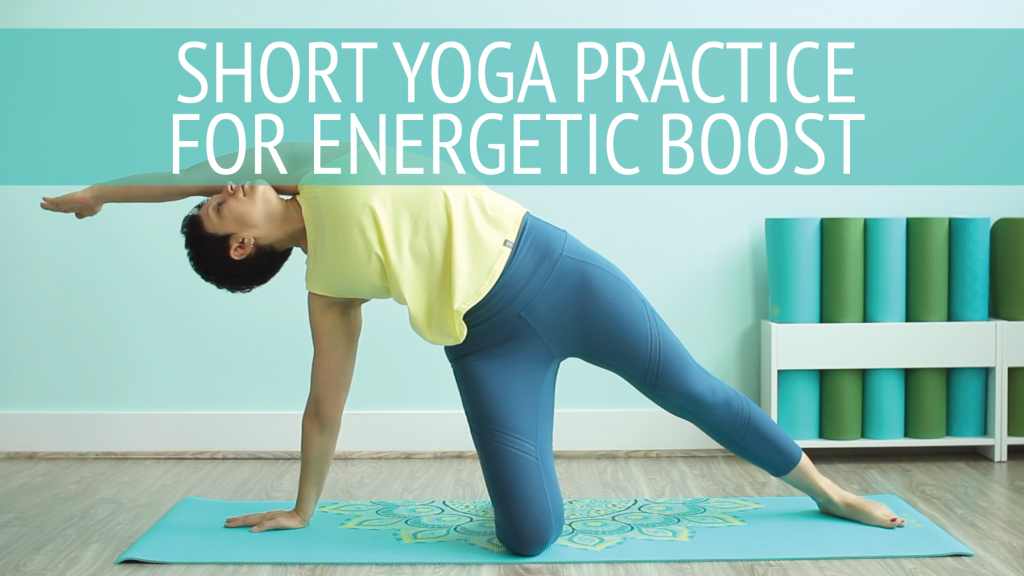
This 20-minute yoga practice is based on the template outlined above and is designed to give you an energetic boost when you feel tired, depleted, or frazzled.
Here is a simple template for creating a short yoga practice to change your mental state. Let’s use it to create a practice to deal with strong emotions.
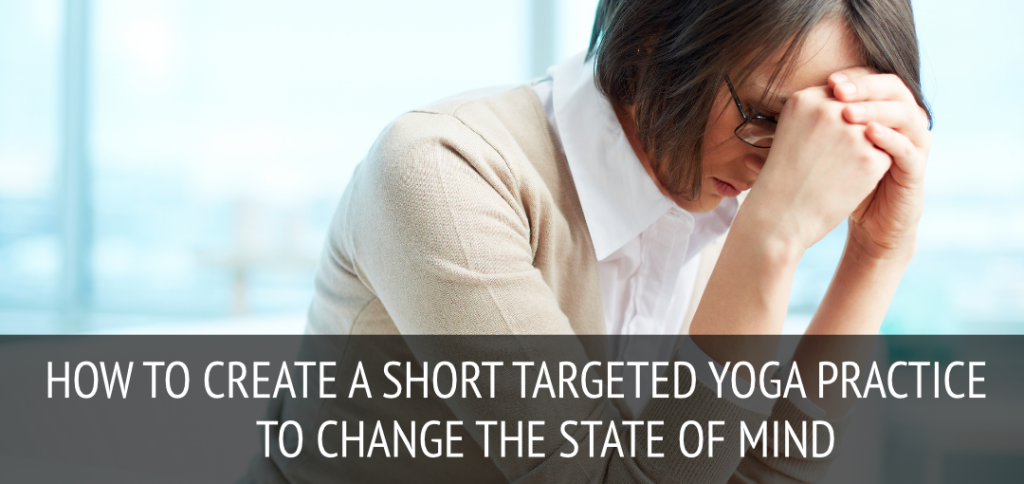
Here is a simple template for creating a short, targeted yoga practice. Let’s use it to create a short practice for the hip flexors for folks who sit a lot during the day.
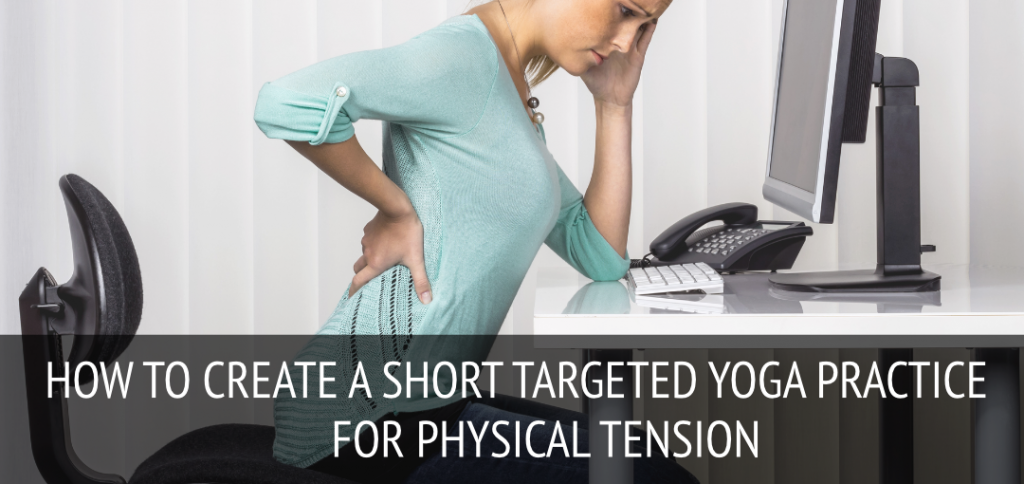

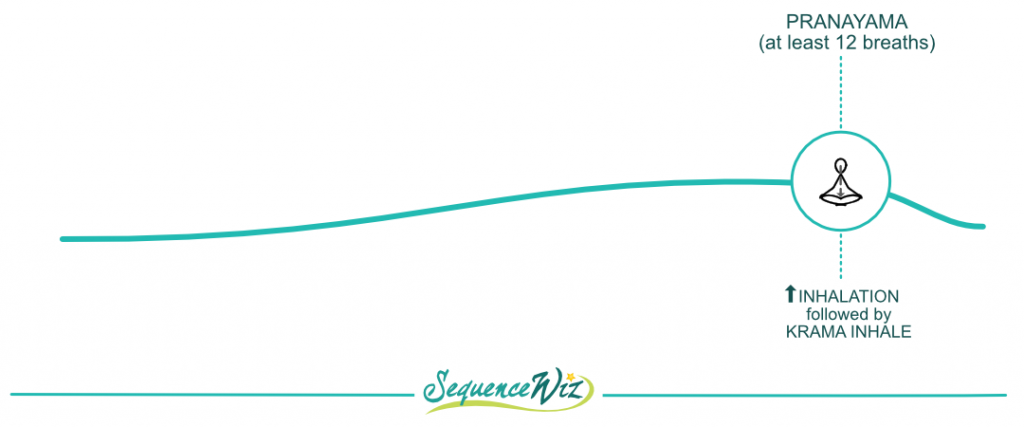
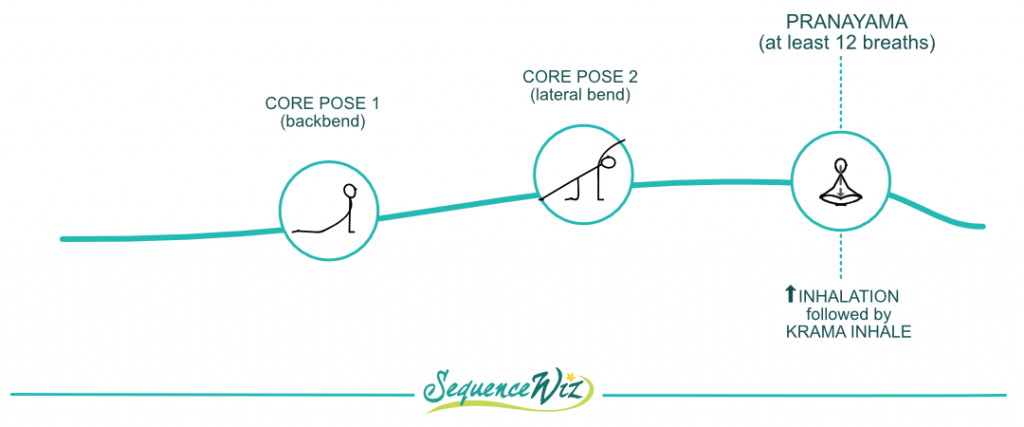

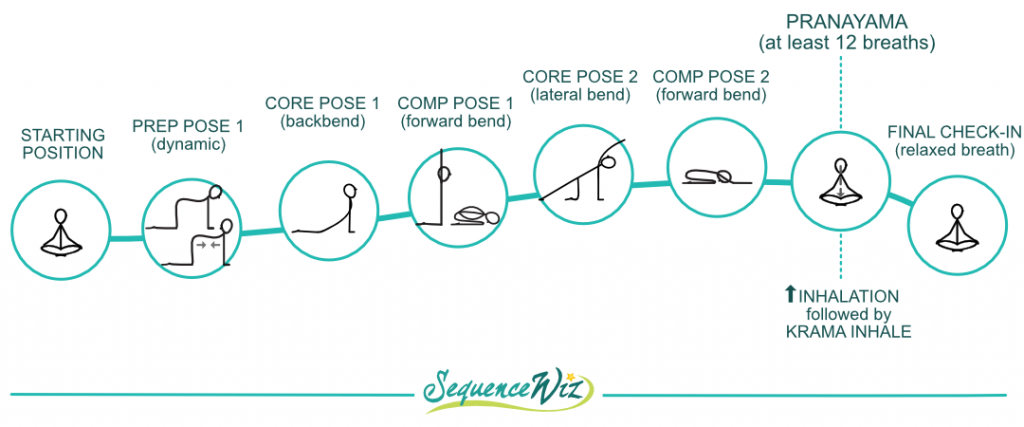
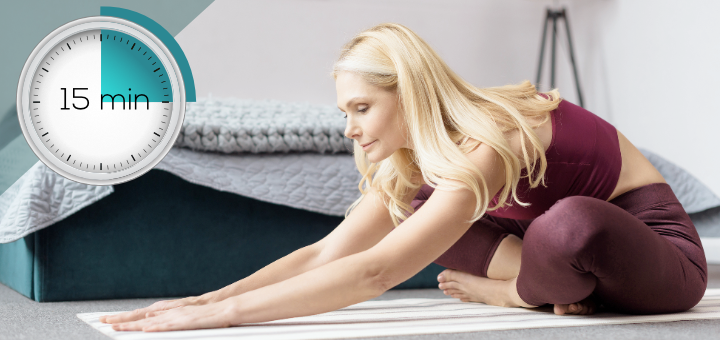
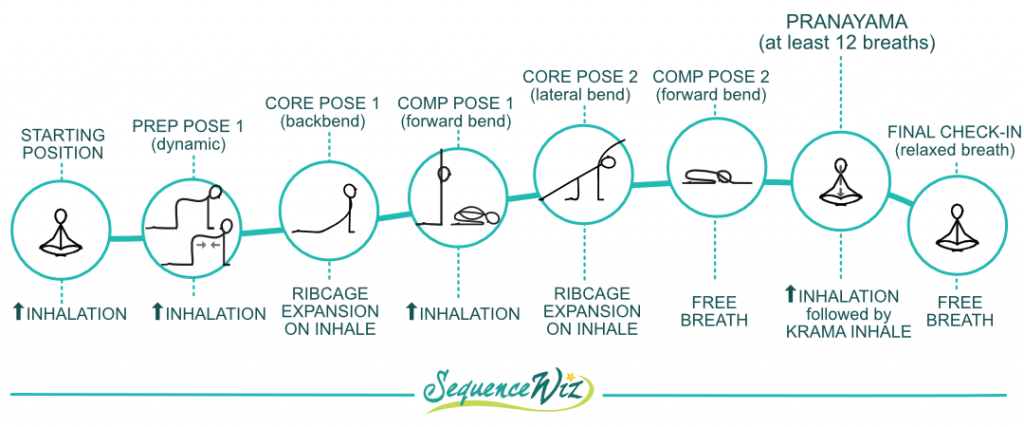
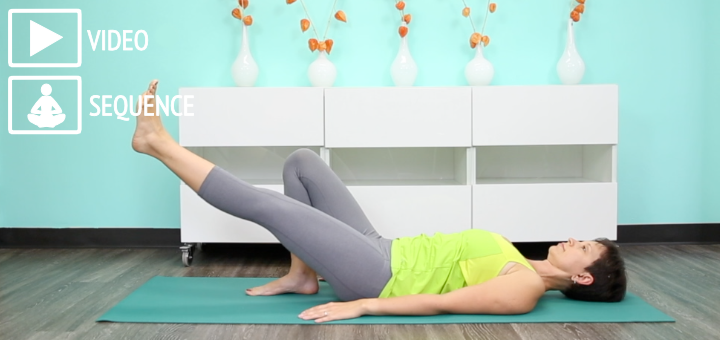
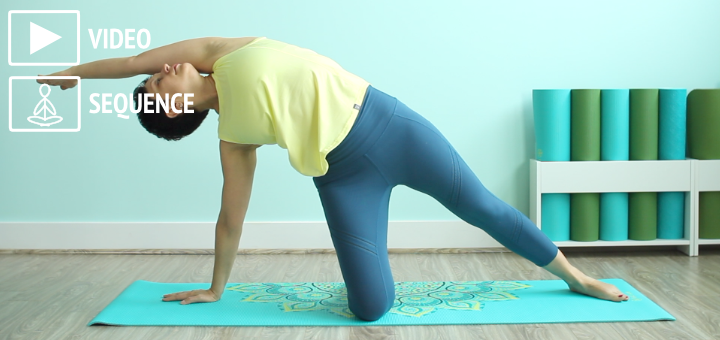

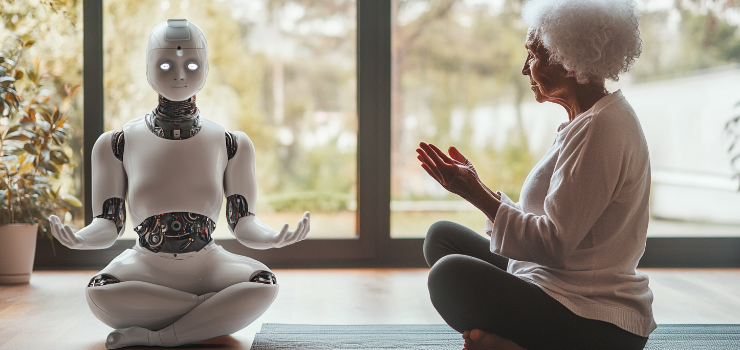


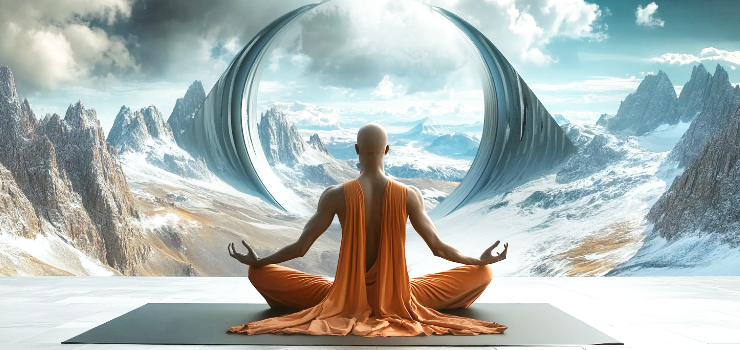
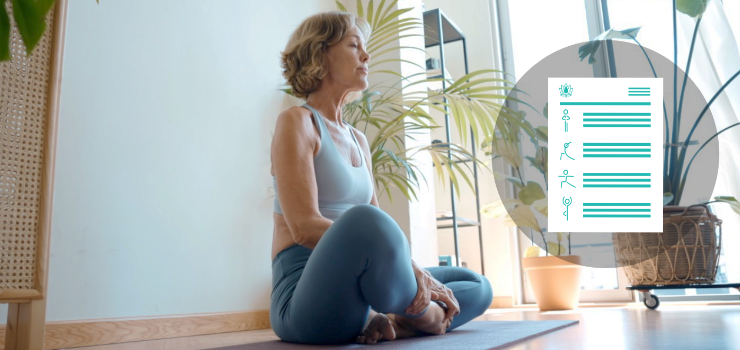
Dear Olga
Thank you for such a great explanation. As you say there is no need to complicate the asana practice and detract from the focus on the breath. I can’t wait to try the sequence.
Best wishes
Helen
Thank you Helen!
I’m really excited to try this! Thanks for sharing the short yoga practice! 🙂
Yey, I cannot wait to hear how it goes Sarah!